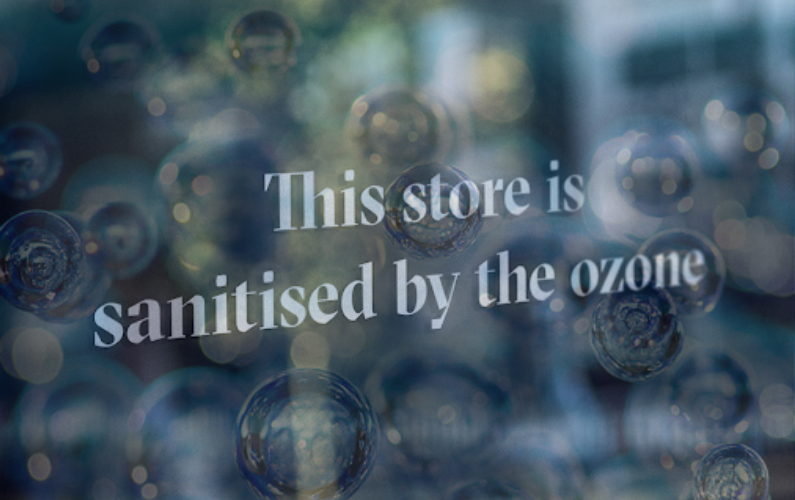In Italy, the Italian Ministry of Health, with Protocol No. 24482 of 31/07/1996, recognized the sanitization system with ozone as a natural protection for the sterilization of environments contaminated by bacteria, viruses, spores, etc., and infested by mites and insects.
The ozone sanitization system is a completely ecological sanitization method, leaving no chemical residue behind. In Italy, the Italian Ministry of Health, with Protocol No. 24482 of 31/07/1996, recognized the sanitization system with ozone as a natural protection for the sterilization of environments contaminated by bacteria, viruses, spores, etc., and infested by mites and insects.
ENVIRONMENTAL DISINFECTION FOR COVID-19
The importance of environmental disinfection was illustrated in a study in Singapore, where viral RNA was detected on almost all surfaces tested (handles, switches, handrails, interior doors and windows, toilet, sink) in the isolation room of a slightly symptomatic patient at COVID-19 before routine cleaning, probably carried by air.
Environmental sampling identified surface contamination with SARS-Cov and influenza viruses, although frequent use of molecular detection methods may not necessarily represent the presence of vital viruses. Once contaminated by the environment, the hands can start self-inoculation in the mucous membranes of the nose, eyes or mouth.
Viruses were studied during their interaction with ozone. With ozone 99% of viruses have been inactivated and have shown damage to their envelope proteins, which could prevent the virus from attaching to normal cells and series of potential advantages compared to other decontaminating gases and liquid chemical solutions.
Ozone is a natural compound, is easily generated in situ by oxygen, and then transforms into oxygen-ozone with a half-life of about 20 min ( 10 min depending on the environment). As gas can penetrate all areas within a room, including cracks, fixtures, fabrics, and under furniture surfaces, much more effectively than manual applications of liquid sprays.
WHICH IS THE MECHANISM WHEREBY OZONE ELIMINATES VIRUSES?
Ozone is a powerful ecological germicide.
Ozone, thanks to its powerful oxidation capacity, quickly and effectively destroys microorganisms (bacteria, fungi and molds) and inactivates viruses that are present on any type of surface, in liquids, in the air incorporated in small grains of dust and in water:
- Virus: ozone oxidizes the lipid membrane of the virus by destroying it. In this way its structure is modified by preventing the binding to its receptor.
- Bacteria: ozone attacks them by oxidation or direct destruction of the cell wall with the cell components escaping from it. Bacteria die from the loss of the cytoplasm that sustains them in life, this phenomenon is called OXIDATION or PROTOPLASMIC OZONOLYSIS. Because it acts instantly, ozone does not allow the development of resistant pathogenic strains, a growing problem for the fresh food industry.
- Fungi and molds: ozone eliminates fungi and molds through its oxidizing action as it causes irreversible cell damage. Small concentrations of ozone are needed to obtain
- Spores: ozone, in concentrations slightly higher than those used for the rest of the bacteria, is able to break the resistance of the spores. The spores are envelopes some bacteria and fungi create around their outer surface when environmental conditions are adverse, so they remain suspended until conditions are favorable by restoring their metabolism and their activity.
All disinfectants need a time of contact with the micro-organism to eliminate it, ozonization is concretely the fastest and most effective known process. Its main advantage over other disinfection treatments, in addition to the effectiveness and speed of treatment, is its ecological nature, which allows sustainable development in respect of the environment. In addition to disinfecting the ozone renews, purifies, purifies and deodorizes the air and water.



